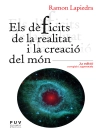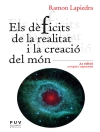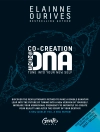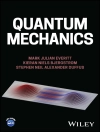Although computational modeling and simulation of material deformation was initiated with the study of structurally simple materials and inert environments, there is an increasing demand for predictive simulation of more realistic material structure and physical conditions. In particular, it is recognized that applied mechanical force can plausibly alter chemical reactions inside materials or at material interfaces, though the fundamental reasons for this chemomechanical coupling are studied in a material-speci c manner. Atomistic-level s- ulations can provide insight into the unit processes that facilitate kinetic reactions within complex materials, but the typical nanosecond timescales of such simulations are in contrast to the second-scale to hour-scale timescales of experimentally accessible or technologically relevant timescales. Further, in complex materials these key unit processes are “rare events” due to the high energy barriers associated with those processes. Examples of such rare events include unbinding between two proteins that tether biological cells to extracellular materials [1], unfolding of complex polymers, stiffness and bond breaking in amorphous glass bers and gels [2], and diffusive hops of point defects within crystalline alloys [3].
Cuprins
Scientific Modeling and Simulations.- A retrospective on the journal of computer-aided materials design (JCAD), 1993–2007.- Extrapolative procedures in modelling and simulations: the role of instabilities.- Characteristic quantities and dimensional analysis.- Accuracy of models.- Multiscale simulations of complex systems: computation meets reality.- Chemomechanics of complex materials: challenges and opportunities in predictive kinetic timescales.- Tight-binding Hamiltonian from first-principles calculations.- Atomistic simulation studies of complex carbon and silicon systems using environment-dependent tight-binding potentials.- First-principles modeling of lattice defects: advancing our insight into the structure-properties relationship of ice.- Direct comparison between experiments and computations at the atomic length scale: a case study of graphene.- Shocked materials at the intersection of experiment and simulation.- Calculations of free energy barriers for local mechanisms of hydrogen diffusion in alanates.- Concurrent design of hierarchical materials and structures.- Enthalpy landscapes and the glass transition.- Advanced modulation formats for fiber optic communication systems.- Computational challenges in the search for and production of hydrocarbons.- Microscopic mechanics of biomolecules in living cells.- Enveloped viruses understood via multiscale simulation: computer-aided vaccine design.- Computational modeling of brain tumors: discrete, continuum or hybrid?.












